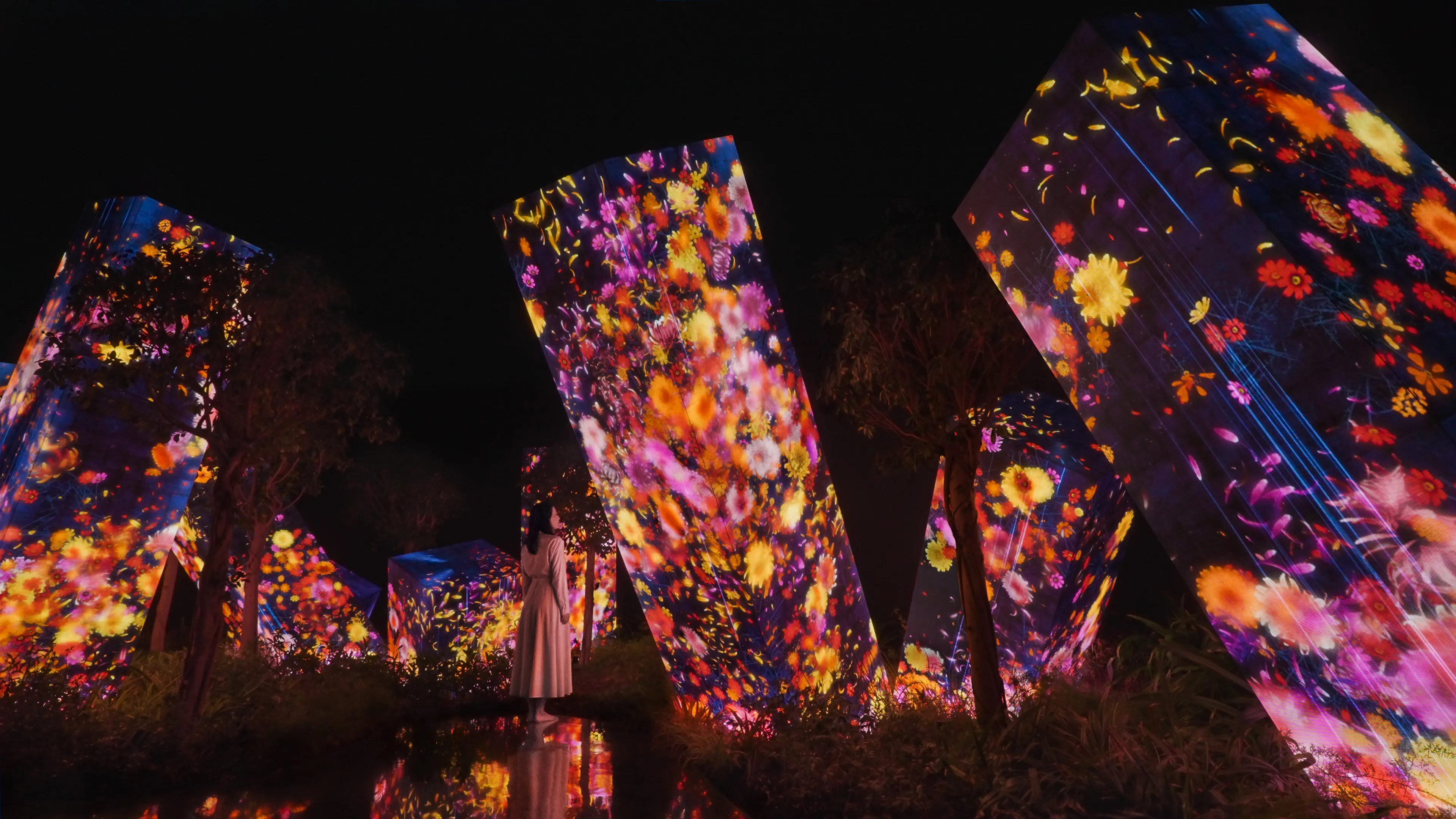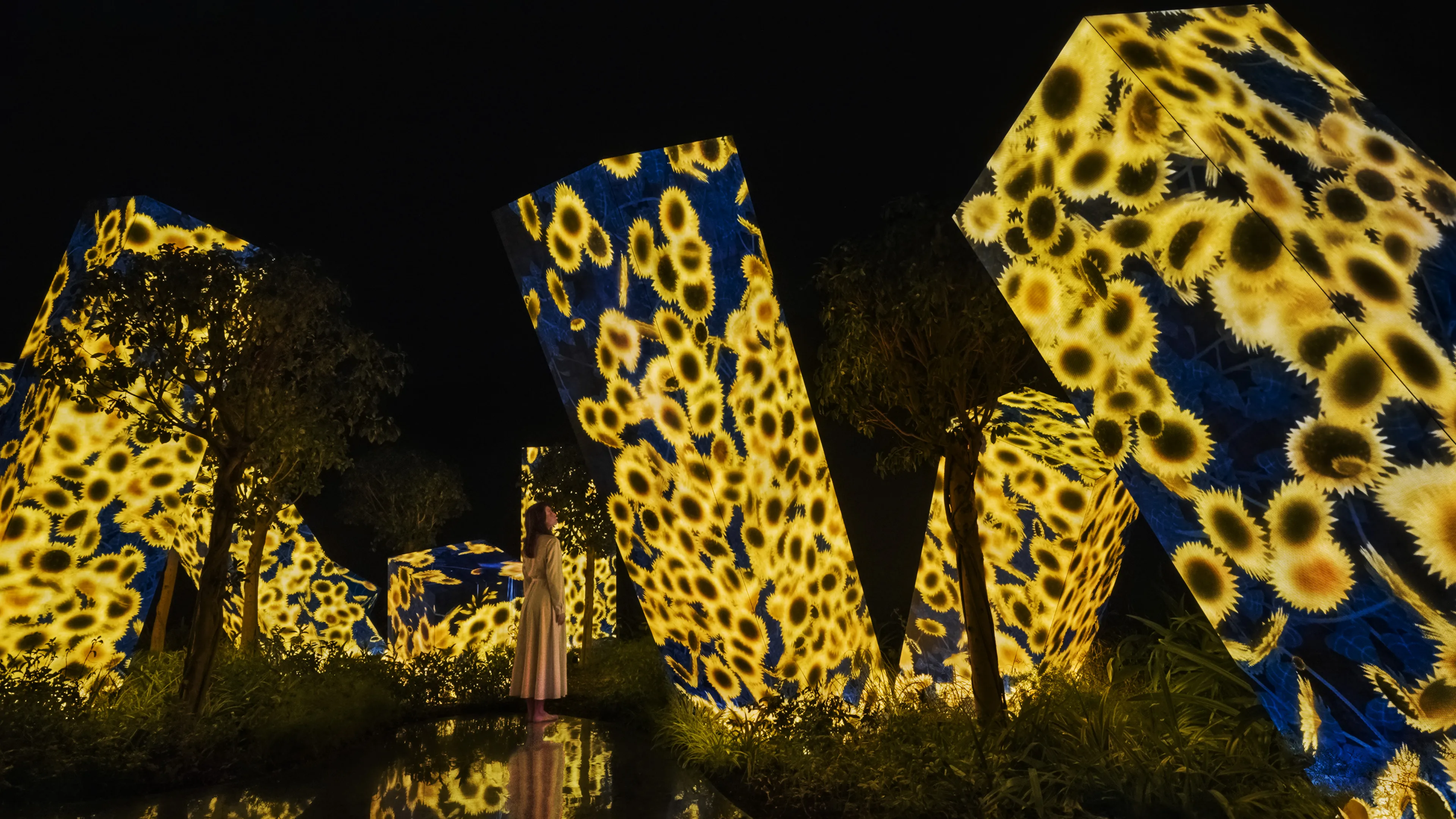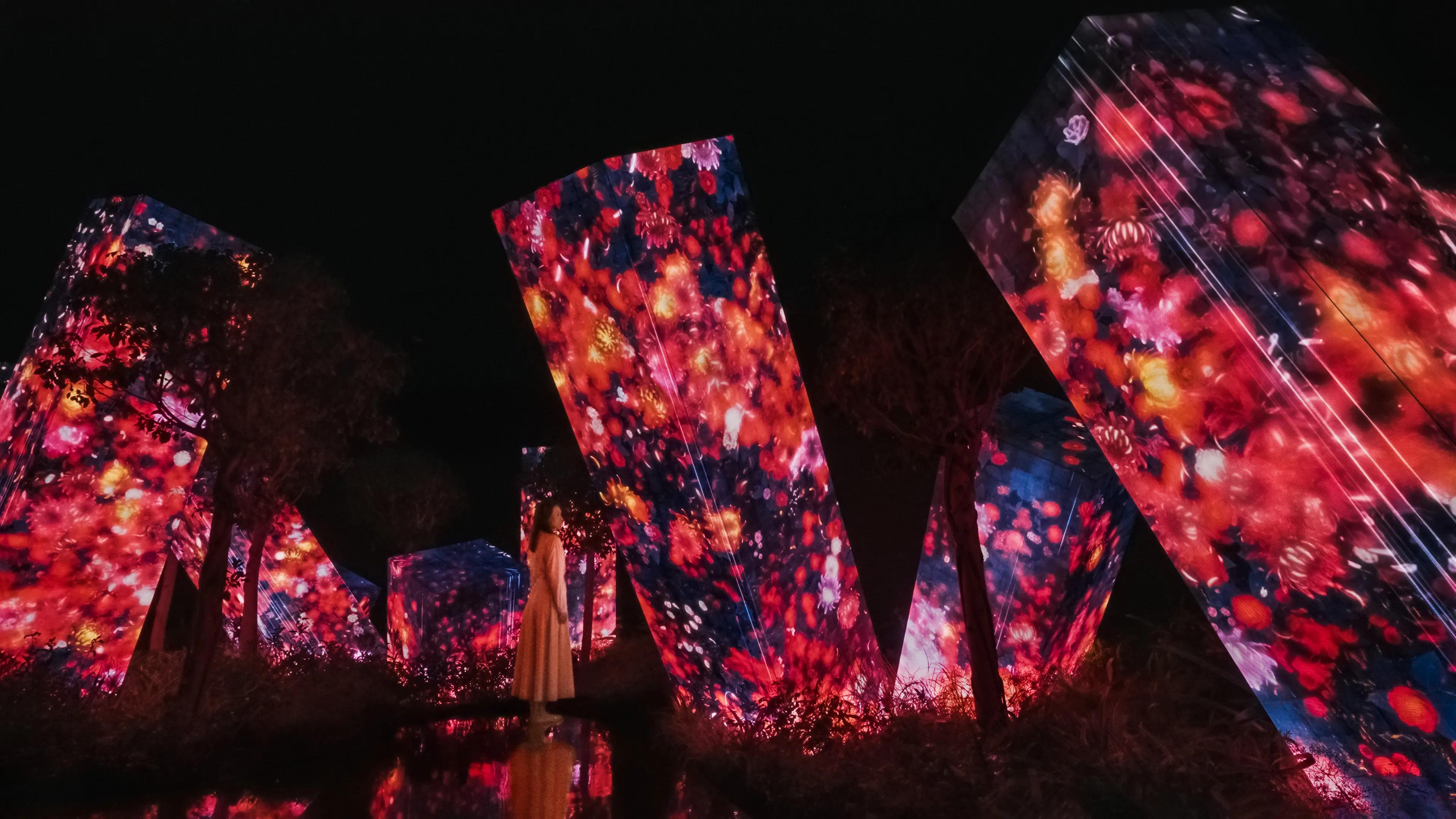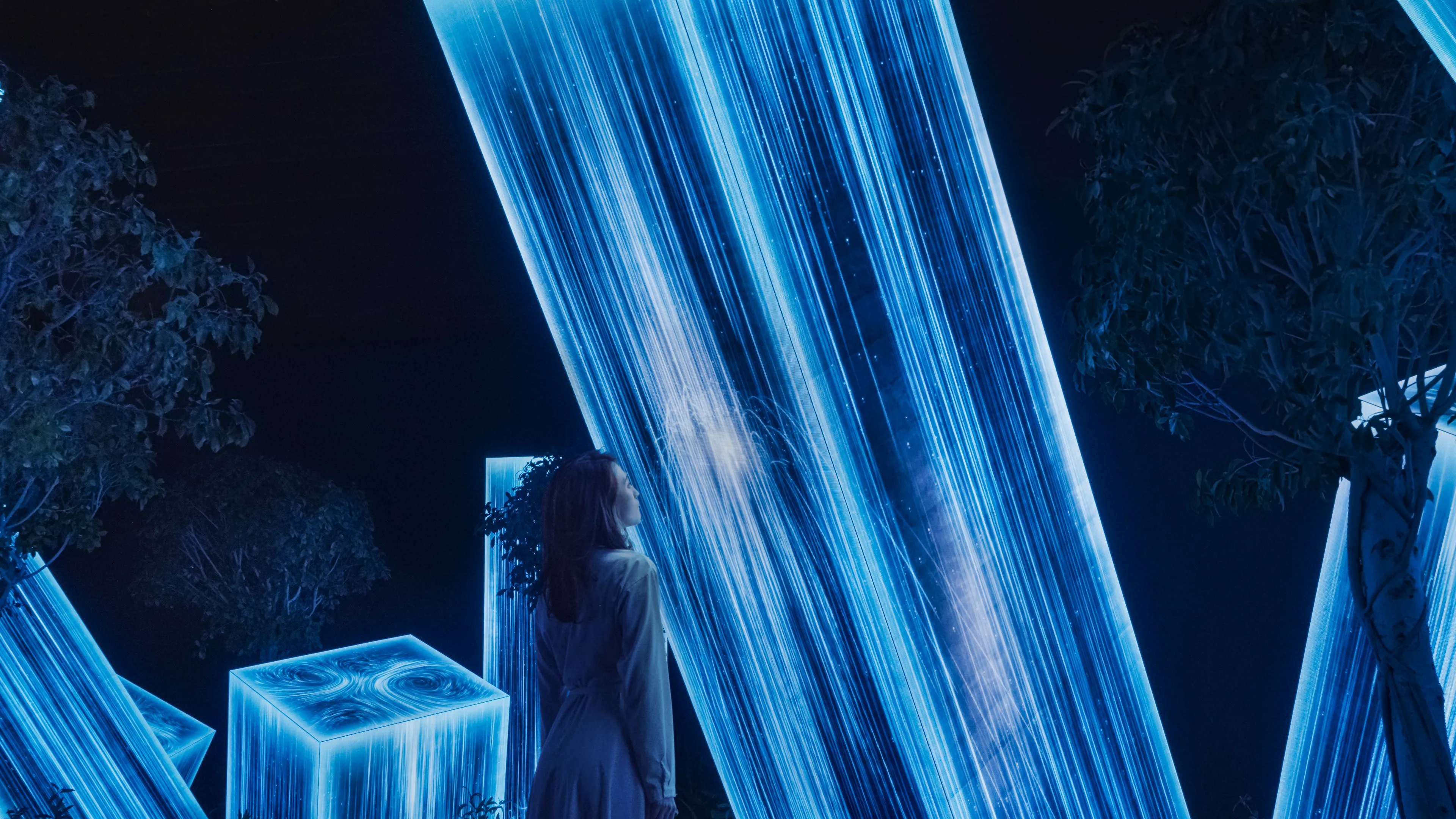Megaliths in the Roots Garden
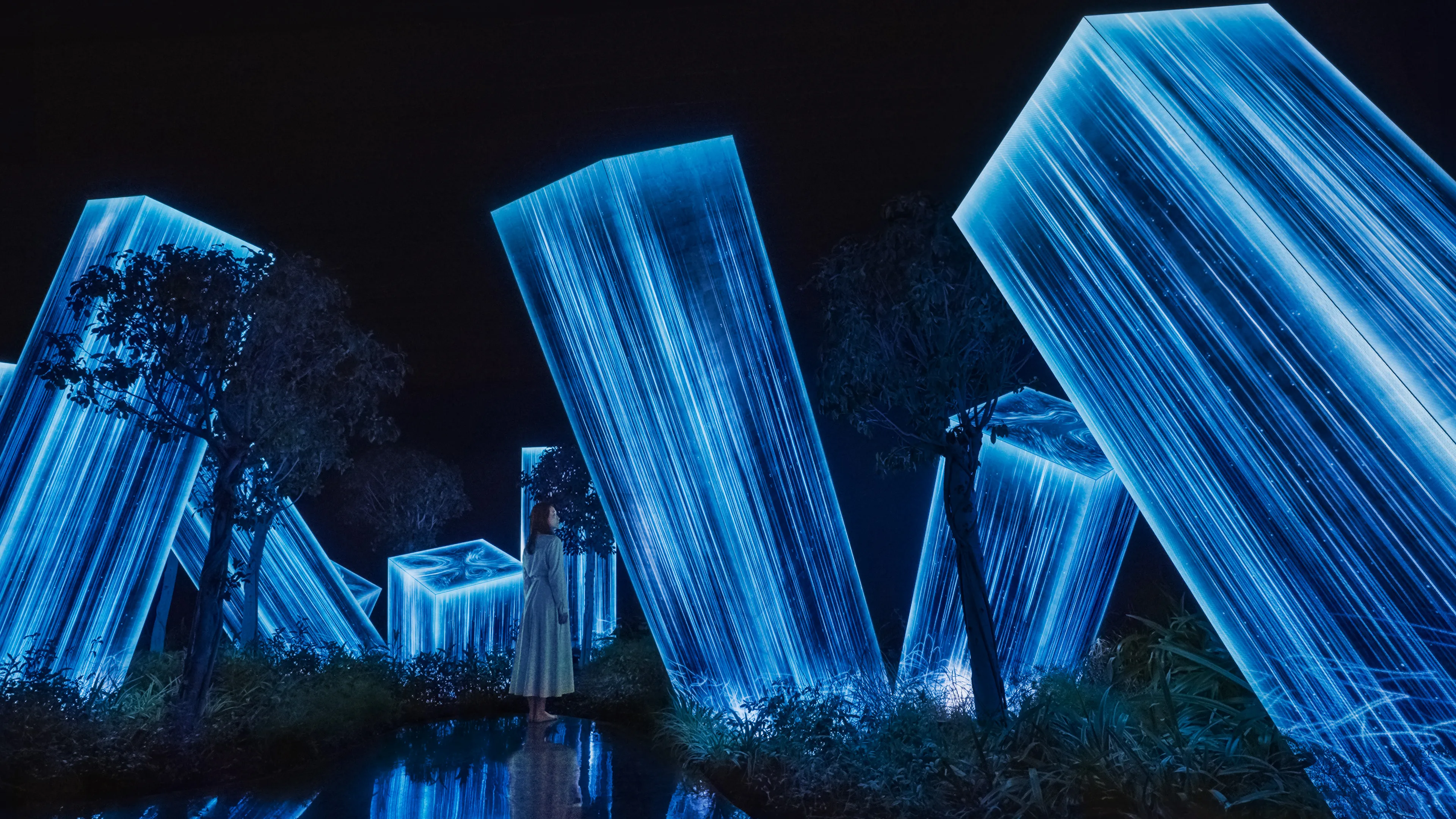
Megaliths in the Roots Garden
These megaliths appear in various locations around the world, and their spacetime is interconnected.
The roots of the trees growing in the surrounding area continue directly down to the bottom floor. The floor below is an environment where roots are able to grow even in the air.
Research has shown that forests connect through a network of mycorrhizal fungi, allowing trees to recognize and share nutrients with each other. While the roots in this unique environment can grow without soil, they cannot form mycorrhizal networks. Because there is no soil the space appears visually open, but for the roots, they are in a closed state. Trees in urban areas are similarly in a closed state. Additionally, long-lived pines such as bonsai and those commonly seen in gardens are absent from natural forests, as they cannot thrive within the rich mycorrhizal networks of natural forests. Long-lived pines in gardens and bonsai coexist with humans. Similarly, trees selected for urban areas also coexist within the city's network with humans.

